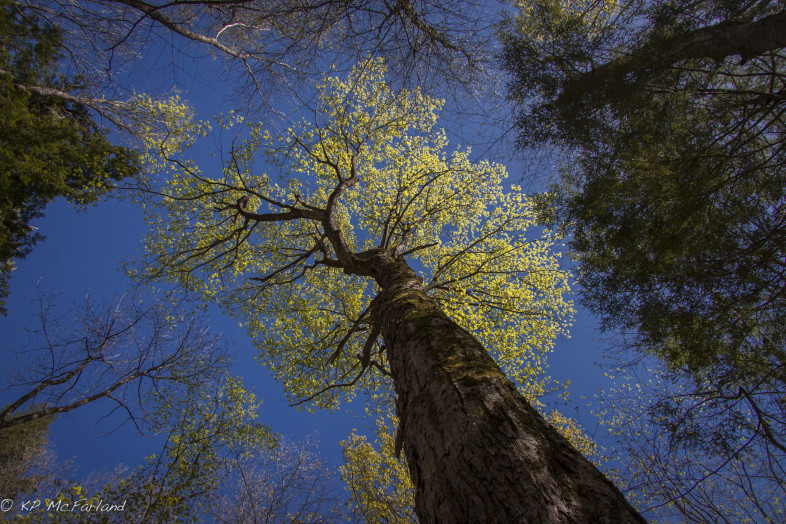
Leaves beginning to open. /© K.P. McFarland
By Kent McFarland and Bryan Pfeiffer
The month of May is a show-off. Grass glows green under the deep blue sky. Woodland wildflowers jump out of the ground and demand attention. Trees flower and leaves burst from long-dormant buds. Birds arrive on southern night winds and liven the dawn with a chorus of song. May shouts of life and rejuvenation.
Ephemeral Flowers
Spring ephemeral wildflowers are perennial woodland plants that sprout from the ground early, bloom fast and then go to seed — all before the canopy trees overhead leaf out. Often found in calcium-rich woods, these “ephemerals” include Spring Beauty, Dutchman’s Breeches, Blue Cohosh, Hepatica, Wild Ginger and a few others. (Yes, with the warmth the past few days, some of these have already “gone by.”) Once the forest floor is deep in shade, the plant’s leaves wither away leaving only the roots, rhizomes and bulbs underground. It allows the plants to take advantage of the full sunlight levels reaching the forest floor during a short time in early spring.
Long-term flowering records initiated by Henry David Thoreau in 1852 have been used in Massachusetts to monitor phenological changes. Phenology — the study of the timing of natural events such as migration, flowering, leaf-out or breeding — is key to examine and unravel the effects of climate change on ecosystems. Record-breaking spring temperatures in 2010 and 2012 resulted in the earliest flowering times in recorded history for dozens of spring-flowering plants of the eastern United States.
West Virginia Whites
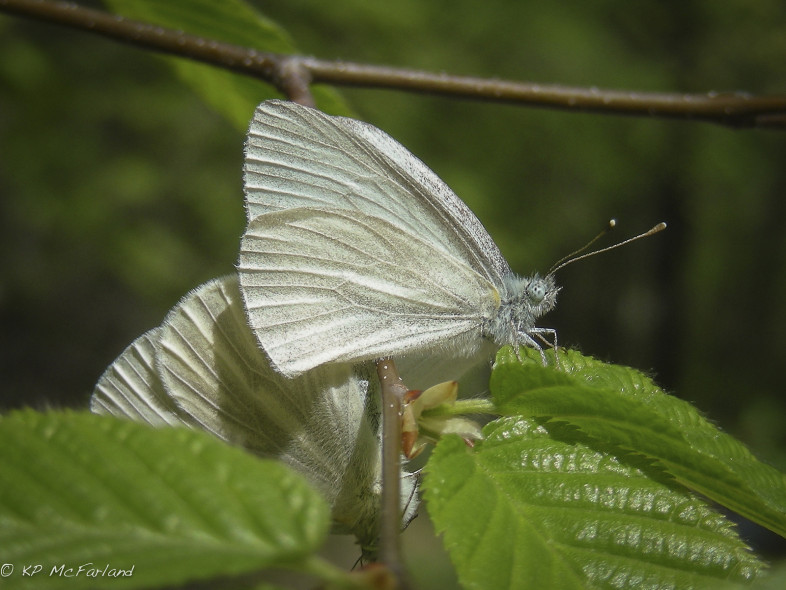
West Virginia White butterfly. /© K.P. McFarland
It’s not a gaudy butterfly. It isn’t the biggest or the smallest. In fact, it’s mostly just white. But this butterfly is unusual; it only flies in forests. Its an ephemeral spring wildflower groupie.
To see this butterfly you need to get to rich, mature hardwoods with spring wildflowers early in the season. Our other, more common veined white, the Mustard White, does fly in woods, but it has distinct dark veins in its first brood (when it may be confused with West Virginia White). The West Virginia White always has faint gray scaling along the veins. And, unlike the Mustard White, it only flies early in the season. Their flight is slow and close to the ground. Follow a woodland stream until you find the host plant, — and the butterfly. It’s caterpillars only feed on Crinkleroot (Cardamine diphylla) and Cut-leaved Toothwort (Cardamine concatenata).
But there’s a dirty player in the field – introduced Garlic Mustard (Alliaria petiolata). Garlic mustard was first found in the United States about 1868 on Long Island. Invasions of Garlic Mustard are causing local extirpations of toothwort, and chemicals in Garlic Mustard appear to be toxic to West Virginia Whites, yet the adults are attracted to it and lay eggs on it. Here’s a pair of Mustard Whites on a Striped Maple sapling.
Eggs and Algae
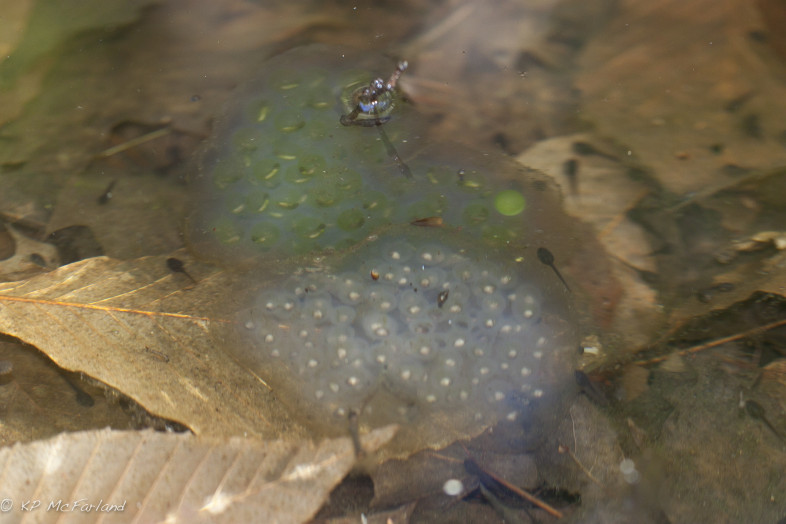
Egg masses with and without algae. / © K.P. McFarland
Peer into a woodland vernal pool in New England right now and you’re liable to find masses of developing Spotted Salamander eggs. Many of them have a green hue visible throughout the gelatinous mass. Most things lying in water eventually get coated in algae. But in 1927 Lambert Printz realized this was a special green algae only found on these eggs and formally named named it Oophilia, meaning egg loving, amblystomatis, from the genus name for spotted salamanders.
In the 1980’s biologists wondered if perhaps there was more to the relationship between algae and animal. They found that spotted salamander embryos grown without green algae didn’t develop as quickly. It was thought that the algae perhaps provided more oxygen for eggs in potentially oxygen-poor waters.
However, biologists recently reported in the Proceedings of the National Academy of Science that they discovered green algae actually living inside the cells of developing spotted salamander embryos. In an Indiana University press release biologist Roger Hangarter said, “With the ability to use gene-specific probes, it is now possible to determine the presence of organisms that may not be easily visible by standard light microscopy. In the past, researchers looking with simpler light microscopy techniques than are available today failed to see any algae in the salamanders.”
This special symbiotic relationship is termed endosymbiosis, in which two species not only share living space with each other, but one actually lives inside the cells of another. They found evidence of green algae in salamander oviducts suggesting that transmission may occur from one salamander generation to the next via transmission through eggs.
The Dawn Chorus Begins
From the seemingly simple trill of a Swamp Sparrow to the mimicry of the Northern Mockingbird, a songbird’s ability to learn is music to our ears. As Miss Maudie said in To Kill a Mockingbird, “‘Mockingbirds don’t do one thing but make music for us to enjoy. They don’t eat up people’s gardens, don’t nest in corncribs, they don’t do one thing but sing their hearts out for us.'” The choir begins to warm up in early May and by the end of the month a full concert is conducted each morning.
This is when birders are most delighted. They can’t help themselves. They’re calling out each species as they hear the song, sometimes to themselves just to acknowledge the wonder, other times to people around them that might not be noticing the fine vocals. Bird watching by ear is a craft that takes years of practice.
Here’s six tips to help you learn to bird by ear:
- Learn to listen. Stand and listen to each and every bird song you can hear. Learn to just pick them out first. Just notice them.
- Master the bird songs in your yard first.
- Associate songs with something memorable: ‘Drink your teeeeaaa” is what the Eastern Towhee says. Black-capped Chickadees call out, ‘cheeese burger.’
- Track the singing bird down and identify it visually.
- Go birding with experienced birders.
- Learn your first birds from the CD called “Birding by Ear” published in the Peterson field guide series.
- Be patient. It takes years to learn them all, but it is worth it!
Spring Wildfire
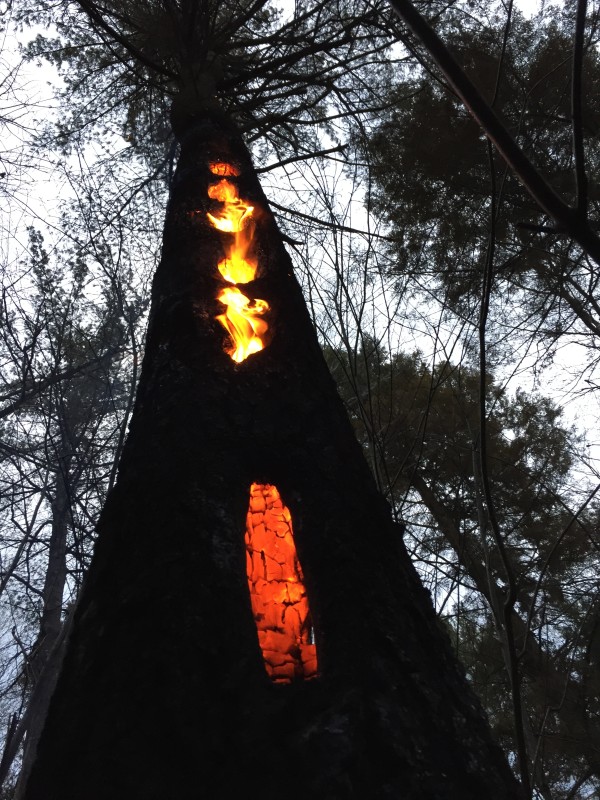
Feeding holes from Pileated Woodpeckers shine bright with fire. /© KP McFarland
Wildfires in the northern hardwood forests are relatively rare, as evidenced by the fact that the forest is not fire-adapted like those in the southern or the western portion of the continent. Even in the southern New England hardwood forests, many of the trees, such as oak, hickory, and red maple, sprout vigorously from burned stumps and trunks after a fire. But the northern hardwood forest comprises more fire-sensitive species such as hemlock, beech, and sugar maple; anything more than a quick ground fire can kill a mature tree in the northern hardwood forest.
As if on cue, wildfires ignited around Vermont this spring. Several of our biologists are also volunteer firefighters, and while in the woods fighting wildfires, they’ve also got an eye on forest life. Read more in a blog post from biologist and firefigher Kent McFarland.
A Freeze Before There Are Leaves
The trees in the northern hardwood forest have to be exposed to a long freeze period before warm air arrives to force the leaves to break out of the buds. Like fine beverages, the exact temperatures and duration of chill needed to break dormancy vary by tree species and geography. Some may need just a few weeks of chilling, while others may require months. Sugar Maple needs about 2,000 hours of freezing temperatures. Red Maples need a few months here in the north, but in Florida, they may not need to be chilled at all for leaf out to happen.
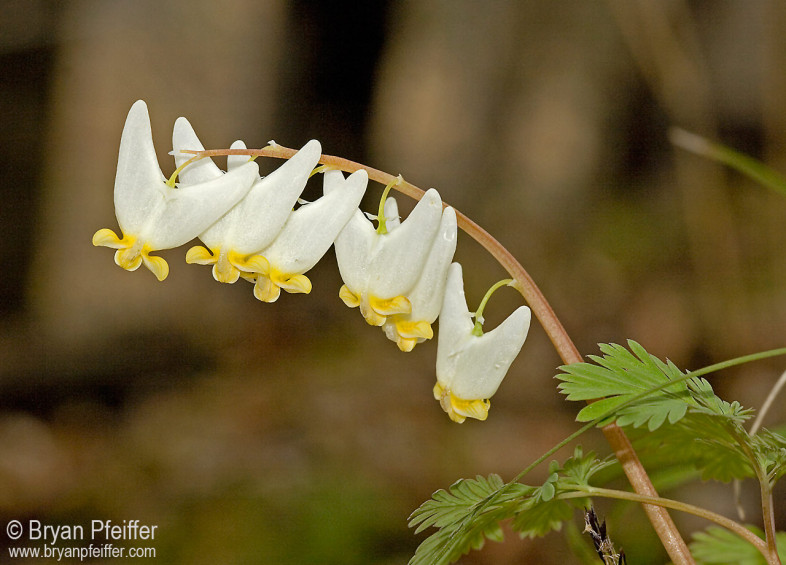
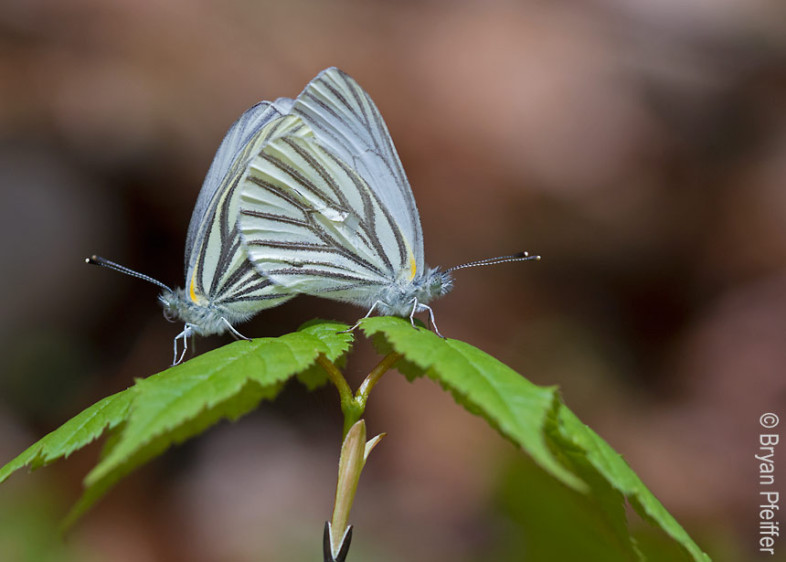
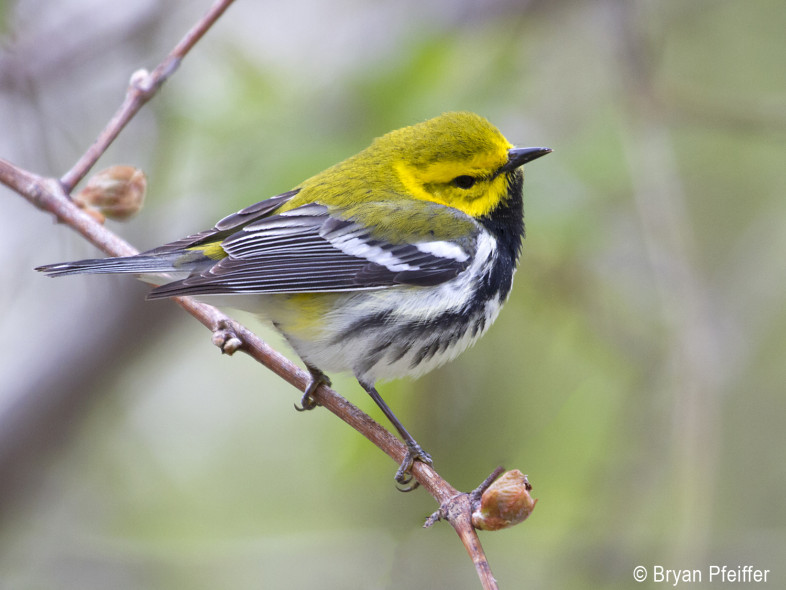
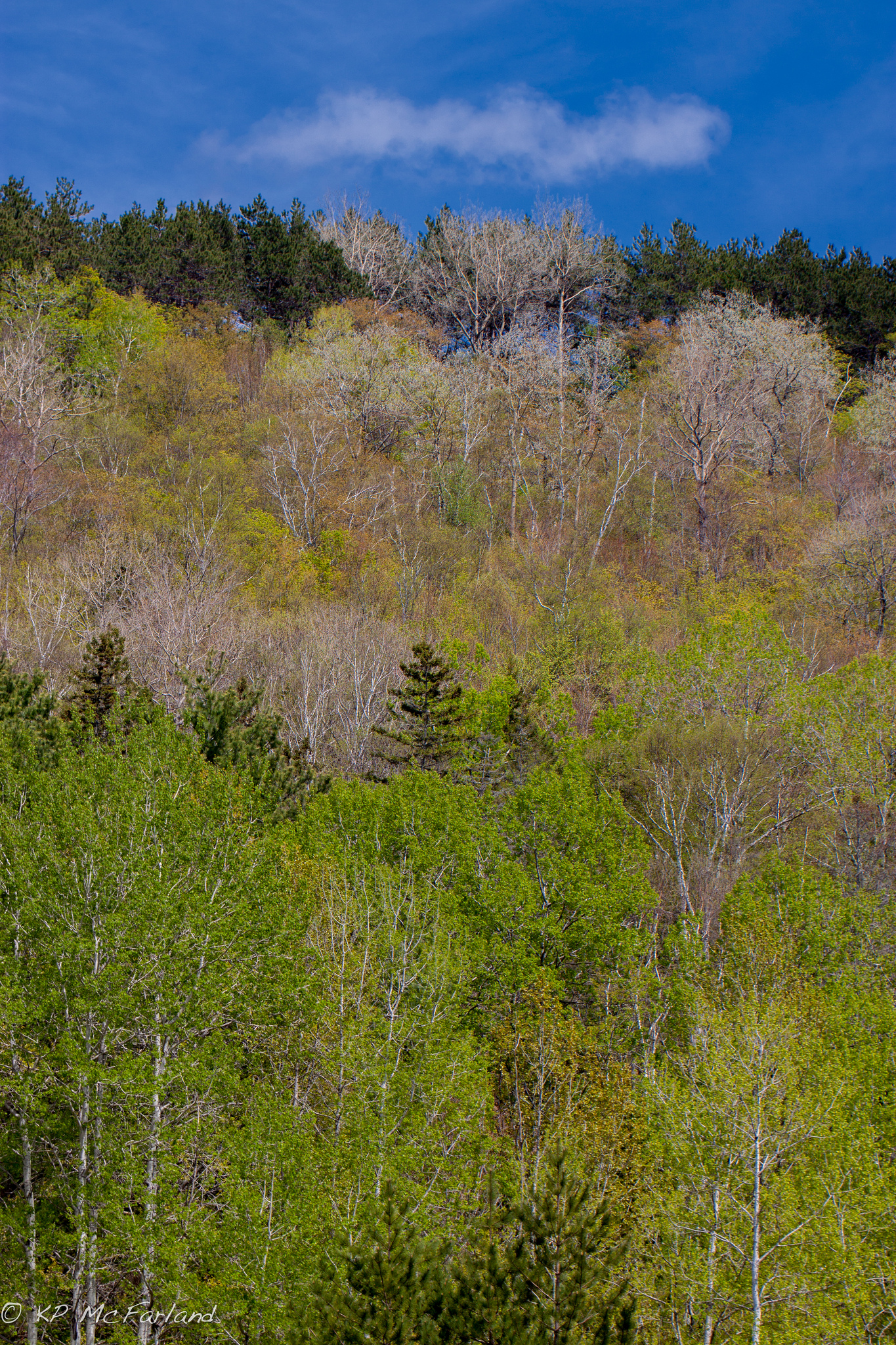

Great stuff!!!
Keep it coming, we’ll keep sharing it!